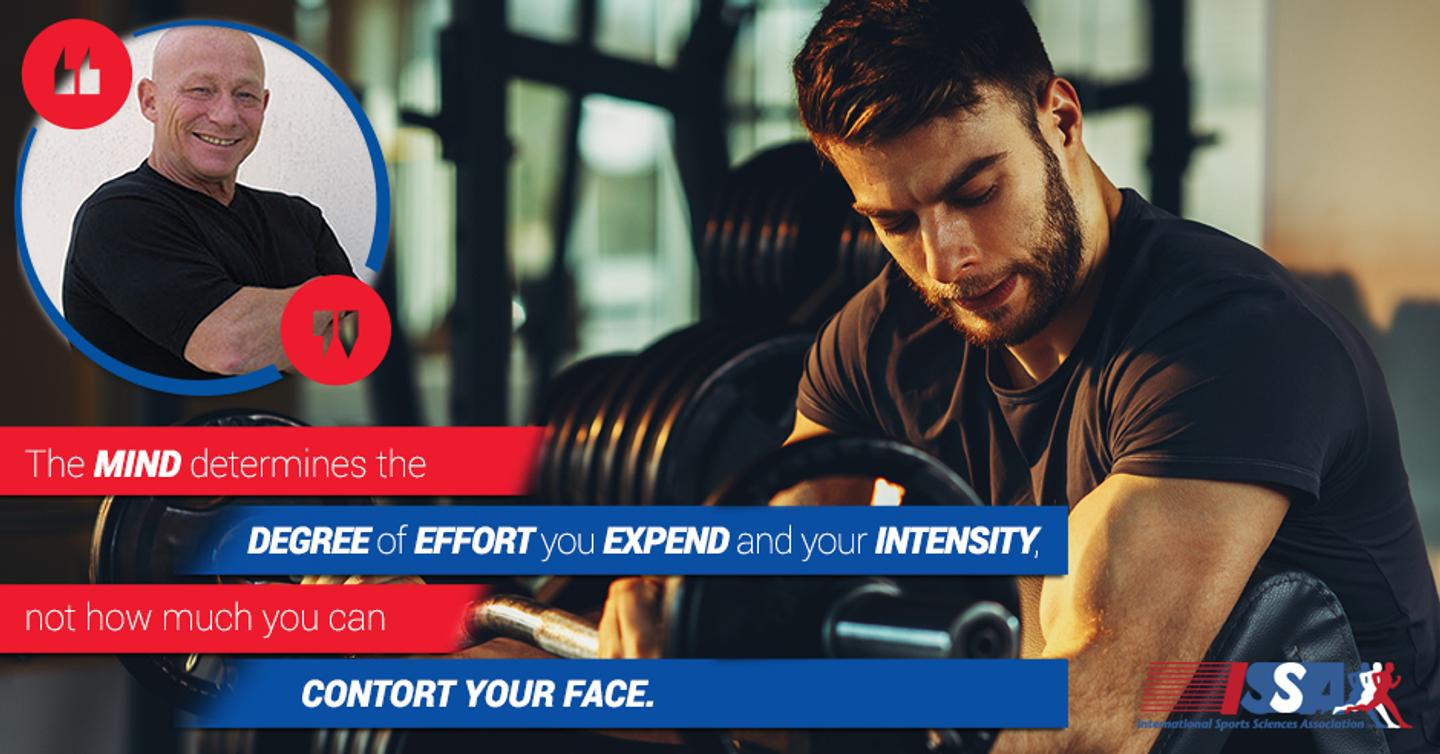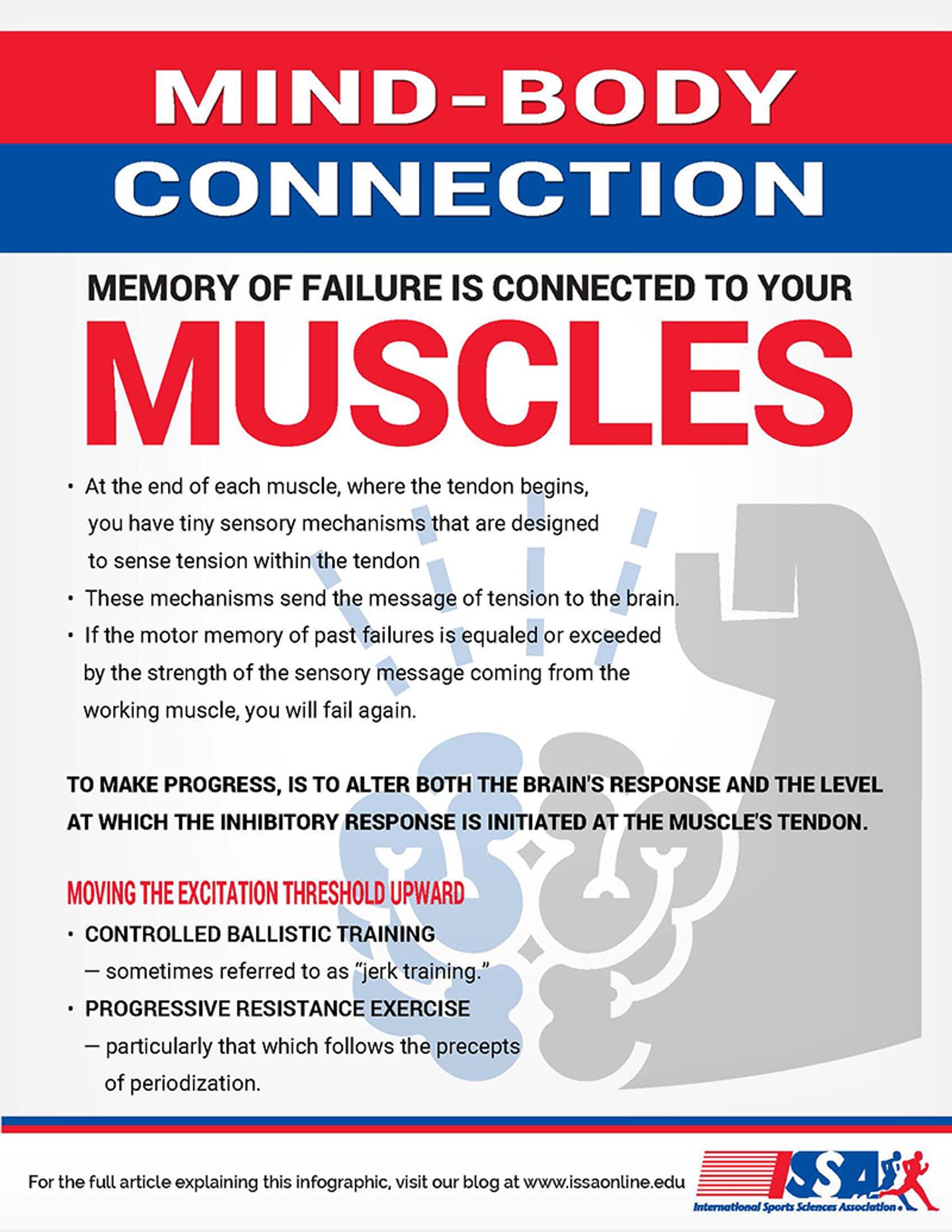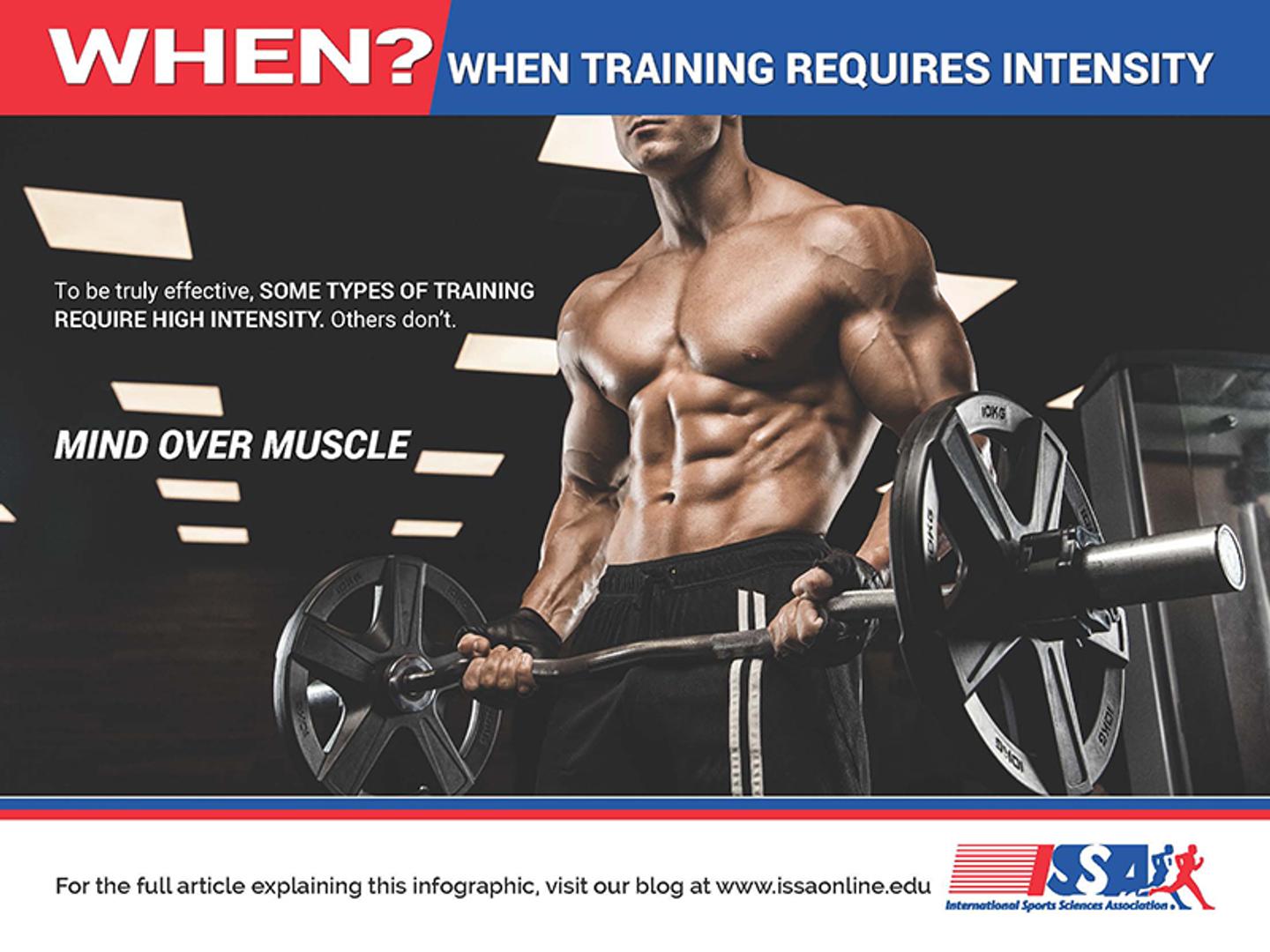
How to Train with Intensity
Reading Time: 6 minutes 5 seconds
BY: Dr. Fred Hatfield
DATE: 2017-04-13
In every gym where you've worked out, you have probably seen the ugly grimaces of bodybuilders engaged in what looks like maximum effort under heavy iron.
If you could look into the minds of these bodybuilders, you could find out if they were truly involved in high-intensity training because
It is the mind that determines the degree of effort you expend and your intensity, not how much you can contort your face.
A Definition of Intensity
The dictionary definition of intensity:
Having or showing the characteristic of strength, force, straining, or other aspects of his or her effort to a maximum degree.
The words "intense" and "intent" both have the same Latin root "intendere", meaning "to stretch out".
If one is intent on doing something, he does so, by definition, with strained or eager attention—with concentration. The intensity of effort is largely a function of the mind. This is not just this writer's opinion; it is true by definition as well as by practical usage of the word.
You Have to Work to Achieve Intensity
In the early years of your training, do you remember approaching a weight with determination? Your jaw was set, your mind narrowed to a laser-like focus, the adrenaline poured into your blood, and your training partners' screams reverberated in your ears. Your mind and body were both saying, "GO!"
All the essential ingredients for intensity were there. You wedged your body under the iron, and with a Herculean effort, you lifted the weight from the racks. You stepped back and got set. Down you went...and there you stayed.
What happened? Chances are it was that little bitty devil that resides in all of us saying: "No! Don't hurt me!"
The Mind-Body Connection

The connection between the mind and the body is a strong one, but doubt—that little bitty devil—is even stronger.
Until you master or eliminate this disruptive doubt and fear, your training efforts will always be something less than maximal. Achieving mastery over mind and body is possible only with hard work and by enhancing communication between both.
Picture your brain and your biceps as physically connected to each other by nerves. In your brain is the memory of your body missing that 150-pound set of curls that you attempted last week. That memory of failure is connected to your muscles.
The 150-pound set attempt was the first time you tried such a heavy weight. You knew that you wouldn't make it. Having failed at it, you've strengthened the certainty that you can't do it. Here's how it works:
At the end of each muscle, where the tendon begins, you have tiny sensory mechanisms that are designed to sense tension within the tendon (caused either by muscle contraction or stretch—they don't distinguish between sources of tension).
These mechanisms send the message of tension to the brain.
If the motor memory of past failures is equaled or exceeded by the strength of the sensory message coming from the working muscle, you will fail again.
Your job, if you want to make progress, is to alter both the brain's response and the level at which the inhibitory response is initiated at the muscle's tendon.
This sensory mechanism is called the Golgi tendon organ (GTO). Its excitation threshold (the point at which the weight, or tension, is too great and an inhibitory message is sent) can be pushed back with proper training.
You can also use training to push back the motor memory stored in your brain that has been keeping you from progressing.
Inhibition depends upon the level of learning: you either learn that you are capable of moving 300 pounds, or you learn that the last time you tried moving it, you couldn't.
Incremental successes, say up to 305 pounds, will cause the excitation threshold—the level at which inhibition occurs— to change. On the other hand, if you once again fail at 300 pounds, your excitation threshold will not be changed.
The exception to this rule is that detraining (e.g., with age) does indeed cause the excitation threshold to be reduced.
Moving the excitation threshold upward such that more weight can be lifted occur as a result of two factors:
Controlled ballistic training—sometimes referred to as "jerk training."
Progressive resistance exercise—particularly that which follows the precepts of periodization.
Do NOT confuse this with "de-inhibition." You de-inhibit a muscle by overriding the GTO feedback loop. I've experimented with this in several ways and found success with four:
Vibratory stimulation at around 100 MHz directly to the GTO,
Pre-exhaustion, such as that used in PNF stretching,
Hypnosis, and
Reducing your negative response to pain—specifically, your pain of effort and pain of fatigue.
This is important because successfully de-inhibiting your muscle enough times while under supernormal stress will eventually cause an increase in the excitation threshold to occur, and that leads to progress.
Success Leads to More Success
If you have never experienced failure under heavy iron, then you're not likely to feel doubt creep in as you try to increase the weight. In that case, you're not as strong as you could be. To get stronger, all you need to do is put yourself at risk of failure under heavy iron multiple times.
And, if you have trained for years with heavy weights without exceeding your capabilities but pushing them to the maximum, your Golgi tendon organs will not be stimulated to forward inhibitory messages to the brain, and no progress will be made in strength.
It sounds like a Catch-22, but it's true: Success will indeed beget success, and failure will beget failure.
When you have learned to avoid failure, you will have the ability to train with intensity. Until that time, your efforts will be something less than maximal, with less than maximal benefits.
The real secret, fellow iron freaks, is to taste the burning pain of failure—in your heart and mind—and conquer it. Feel the fear of failing, but don't fail. Training to failure in the HIIT tradition means getting a weight that's "heavy" and repping out with it until you fail. This is utter nonsense. Not that it doesn't produce overload, but there's a better way.
When Training Requires Intensity

To be truly effective, some types of training require high intensity. Others don't. In fact, the injection of intensity may make some kinds of training counterproductive. This is especially so in certain sports-oriented training methods where speed is required. Intensifying speed to the point of losing control can result in severe injury.
During off-season periods when low-rep training for limit strength is emphasized, intensity becomes of paramount importance. For example, suppose you are doing five or six reps per set. The first two or three reps will require something less than maximum effort since fatigue has not yet diminished your capacity.
This is not the way to approach your sets.
Each and every rep you perform must be done with maximum intensity. And that maximum intensity should be applied throughout every inch of movement in each rep.
Why? This kind of thorough intensity effects the Golgi tendon organ in such a way that de-inhibition will take place over time. Repeating applications of maximum stress is the only way to force the Golgi tendon organ to delay sending its inhibitory message to the brain. And this results in increased strength of contraction.
During periods in your training cycle when higher reps with a lighter weight are performed, intensity is no less important, although for a different reason.
High-rep training produces intolerable lactic acid levels within the muscle, and effort fails due to fatigue. Doubt is no longer the inhibitory factor here since the weight isn't heavy enough to jeopardize your safety.
Instead, the factor leading to failure is fatigue and pain; only with extreme concentration can you "will" the weight up. You must disregard the signals your pain sensors are sending to the brain. The concerted effort of this type will, over time, force a different kind of de-inhibition to occur.
The only way to force de-inhibition in this situation is to train against the anaerobic threshold. And you have to ignore the pain to do it. It becomes a matter of mind over muscle. This kind of training must be learned. It is not an innate response, and it isn't easily acquired.
Like your low-rep training, the key to learning how to apply maximum intensity is to use weights that are as heavy as possible in each and every overload set you do, yet avoid failure like the plague. If your mind says "no", you've succumbed. You've failed. Come back to the gym tomorrow with a renewed determination not to fail. Make your mind say, "Yes," and then obey the command.
When a harmonious and synchronized link between your body and mind is re-established, you will experience gains in strength more rapidly than ever before. When you begin to realize the awesome power of the mind in controlling bodily functions, including its adaptability to stress, you will have learned what it takes to become a champion.